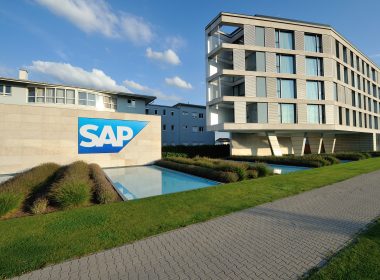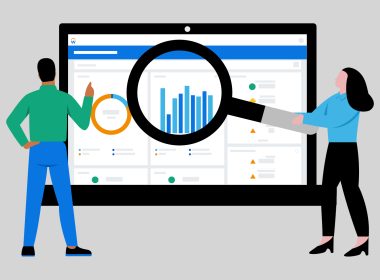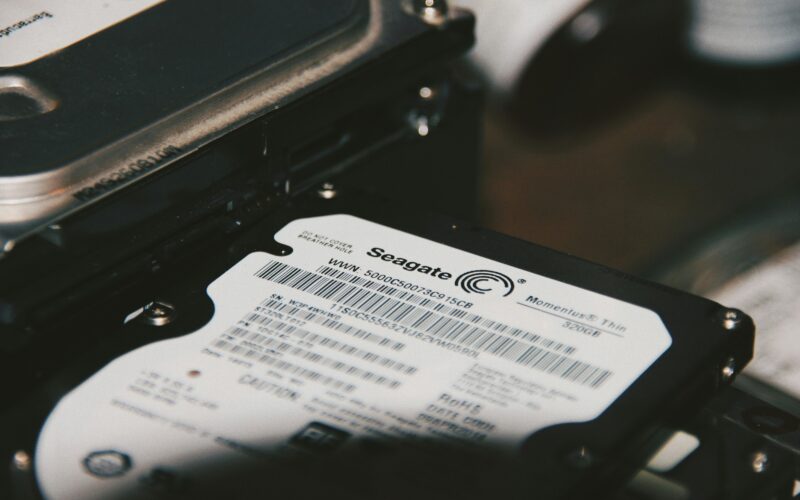Seagate Technology (Seagate), one of the world’s largest storage companies, has recently completed a multi year project to replace a legacy Oracle E-Business Suite ERP, HCM, SCM solution with SAP’s latest S/4 HANA ERP platform across its business. The ERP replacement follows a multi-year effort at Seagate to modernise and digitise its manufacturing process, some elements of which have seen a ROI of up to 300%
Seagate Technology, established in 1978, specialises in the design, manufacture, and distribution of a diverse array of storage solutions, encompassing hard disk drives, solid-state drives, and external storage devices. Along with Western Digital, Seagate dominates the global HDD market, and holds significant market share in flash storage devices.
Over the years as other firms have moved from HDD to flash storage, Seagate has been a common acquirer, purchasing Maxtor in 2006, and Samsungs HDD business in 2011. This has left the business with hundreds of raw materials sites, and 7 factories split across Europe and Asia. HDD and Flash storage products are typically the result of a 9-12 month manufacturing process that involves components from over a dozen countries.
In announcing the move in a 2021 SAP Interview Segate’s former CIO Ravi Naik commented:
Our current ERP is so custom and optimized to high-volume drive manufacturing that a new business struggles when we have to go beyond drives…If we have to use contract manufacturers, for example, our current ERP platform simply is not able to meet the needs. I was given a very clear mandate, which was to modernise Seagate IT from a tools, skills, and process point of view…with IT acting as a catalyst for the change.
Ravi Naik, (Former) Executive Vice President and Chief Information Officer – Seagate
Seagate’s defection to SAP will be sorely felt by Oracle, which is struggling to convert manufacturing clients from legacy E-Business Suite and JD Edwards ERP offerings to its latest and greatest Fusion Cloud platform. Seagate was a longstanding Oracle customer who had used E-Business Suite for over 15 years and had a sprawling product landscape, including Financials, Manufacturing, Supply Chain, Global Trade Management, and Human Resources. Incidentally, it goes against the approach of key competitor Western Digital, who made the move from three legacy ERP solutions (two from SAP and one from Oracle) to Oracle Fusion in 2021.
Commenting on the move Seagate’s CIO Grace Liu commented:
“We chose SAP solutions for our integrated ERP landscape because its strategy closely aligns with our own – to implement a foundational platform on which the business can scale and grow.”
Grace Liu, Senior Vice President and Chief Information Officer – Seagate
Seagate’s 24 month implementation of SAP included replacing Legacy Oracle HCM, ERP, SCM, and GTM solutions with S/4HANA, SAP SuccessFactors, and SAP Integrated Business Planning for Supply Chain. In announcing the go-live on LinkedIn, Seagate’s CIO Grace Liu noted that the implementation was done internally, and didn’t rely on the usual professional services partners who are typical of these major projects. More impressive when noting that the project covered the COVID-19 global pandemic, and involved teams across the world. This approach is of particular note, given Seagate’s CIO previously held technology consulting and implementation roles with Accenture, PwC and IBM Global Business Services.





